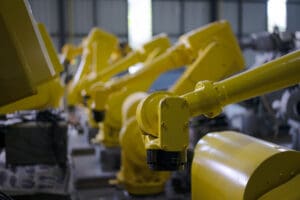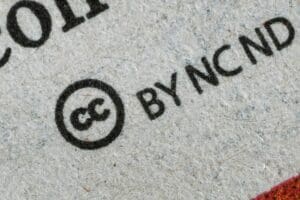By Nathan Bomey
See original post here.
If CEOs had their way, their workers would be back in the office and pursuing AI advancements at the same time.
Why it matters: As the workforce is changing, so is technology — and executive demands.
What’s happening: A new U.S. CEO survey conducted by consultancy KPMG and released Thursday found that bosses are giddy about AI:
- 72% of U.S. CEOs say generative AI is a “top investment priority.”
- They see it as a longer-term investment: 62% say they expect a return in 3 to 5 years, while only 23% expect a return in 1 to 3 years.
The big picture: The advent of ChatGPT set off a feverish rush to pursue AI, serving as a stark illustration of how quickly entire industries and positions could be disrupted.
- “I think it’s a recognition that generative AI is transformational and that it’s not hype,” Paul Knopp, CEO of KPMG in the U.S., tells Axios. “It provides opportunities to potentially grow revenues, but it also will provide opportunities to make workforces and business processes more efficient.”
Threat level: The question of whether those efficiencies will translate into fewer jobs remains a concern for many.
- “I do think that — while generative AI won’t lead to reductions in our workforce — people that have generative AI skills will be more valuable than people that do not … and will have more opportunity going forward in the future,” Knopp says.
And CEOs want those people to be applying those skills in an office environment.
- In the KPMG survey, which covered 400 U.S. CEOs at companies with annual revenue of at least $500 million in a wide range of sectors, 62% said they envision their staff working permanently at the office within three years, up from 34% a year ago.
- Only 4% envision their teams as fully remote, down from 20% in 2022, while 34% expect to have a hybrid workforce, down from 45%.
- “CEOs have an increasing desire to see employees back at the office,” Knopp said, but “my belief is that hybrid is likely here to stay.”
The bottom line: The forces that influence how we work are still swirling.



















